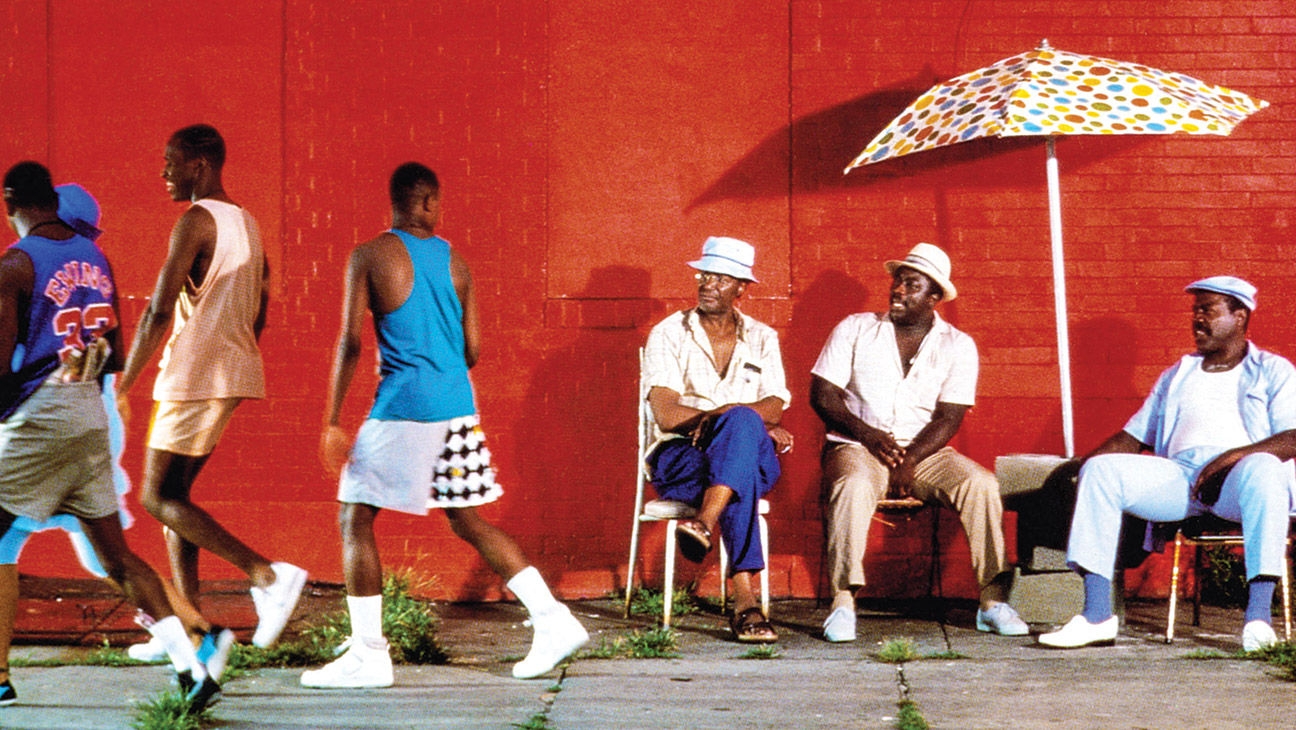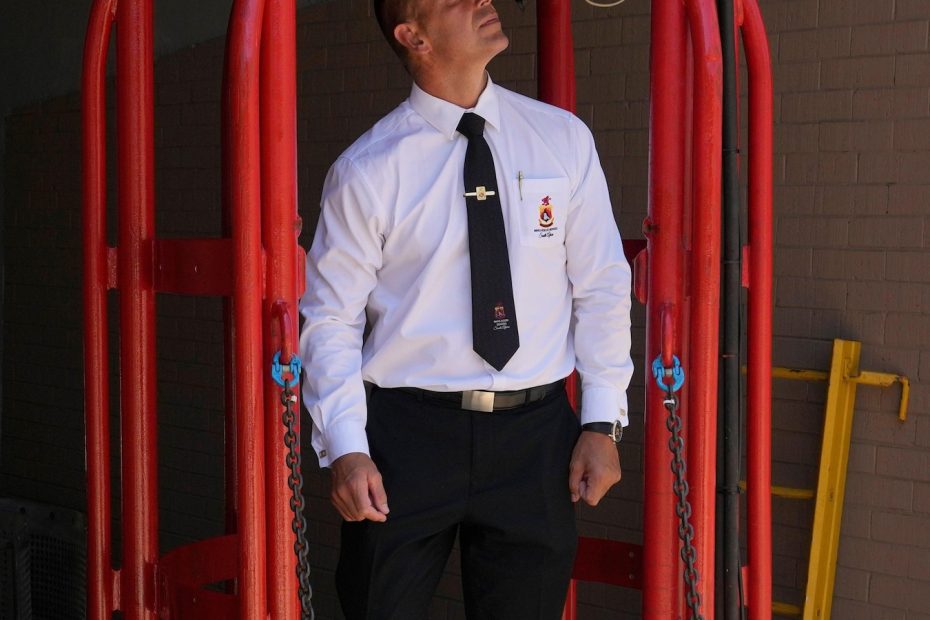The rescue of hundreds of miners deep in a South African gold mine started with a camera and a note
Carltonville, South Africa—— Late last year, a specialized camera was lowered into a nearly 2.6 kilometers (1.6 miles) deep mine in South Africa, where hundreds of miners were reportedly trapped, hungry, dehydrated and desperate to escape.
With no building plans of the actual mine, its levels and tunnels, the camera reached 1,280 meters (4,200 ft) underground, providing rescuers with their first visual: a large group of miners can be seen standing on one level, apparently awaiting rescue arrival.
Rescuers brought the camera to the surface and then returned it, this time with a notepad, pen and a letter to begin communication with the miners. As soon as the news arrived, the miners immediately attached a note telling rescuers that about 480 people were underground, and those who were still alive were eager to leave the mine.
This was the beginning of discussions about how to bring miners to the surface.
It is also the first time a specially designed cage, which can dive to 3,100 meters (10,170 feet) and is equipped with specialized cameras and communications systems, has been used to rescue such a large number of people underground.
“When we got to the floor we could immediately see people standing. We couldn't say for sure how many people were standing there but it was clear there were people standing around and they needed help to get to the surface.” CEO of Mine Rescue Services South Africa Mannas Fourie said. Private companies contracted to rescue miners.
At least 87 miners have died in a months-long standoff between police and miners trapped while working illegally at the abandoned Buffelsfontein gold mine, police said last week. Authorities faced growing anger and possible investigations after initially refusing to help the miners and remove them from the mines by cutting off their food supplies.
The dead miners are suspected to have died of starvation and dehydration, but the cause of death has not yet been announced. South African authorities have been heavily criticized for cutting off supplies to miners. This tactic of “throwing them out”, as one prominent cabinet minister described it, has been condemned by one of South Africa’s largest trade unions.
Fourie, who leads the mine operation, said they eventually achieved their goal of rescuing at least 35 miners a day after two community volunteers led the effort to lower the cages.
Fourie and his team initially estimated that the operation would last up to 16 days, depending on the equipment's ability to bring two people out of the shaft at a time. But that changed after a comprehensive assessment was completed and it was determined that the cages could be used for rescues, allowing them to house up to 13 people at a time.
A total of 57 round trips were made, and 246 surviving minors and 78 bodies were recovered.
While equipment was important to the operation, it was also the combination of technology and manpower that proved crucial, with two volunteers and the miners themselves playing a major role.
Faury said the decision on who to put in the cage first was made by local volunteers and miners.
“I think among the first cages that arrived, the first couple, they did an assessment of the first cages to see who were the ones who needed emergency medical care and who were the ones who were really stressed,” he said. And then they send these people out first.”
“After that, it's up to them to decide how many people they can take out and how they change between taking out bodies or taking people out.”
Faury said volunteers said their biggest concern was controlling the crowd of miners because everyone was eager to get out. “We can see that as they climb into the cage, they make way for each other to accommodate as many people as possible at the same time,” he said.
According to the rescue team, the camera is one of the most important tools used in the operation because it can send signals to the ground and provide real-time information to laptops. The feed is recorded and evaluated to determine the condition of the axle barrel one needs to drive in as well as the fluid level itself.
“You know, some of the shafts were flooded, some were filled with rubble during the repair process, and no one was able to give us a clear picture,” Faury said.
He said the cage was designed to hold only six people at a depth of 3,100 meters, but because they were working at shallower depths, they successfully pulled out 13 people at a time.
“Working at a height of 1,280 meters allows us to load more people onto the transport because the machine is pulling less rope weight,” he said.









